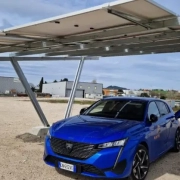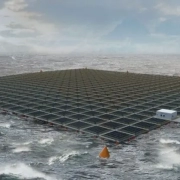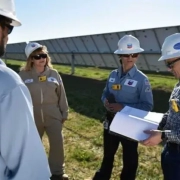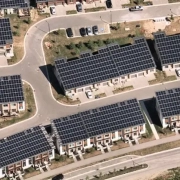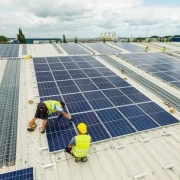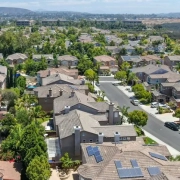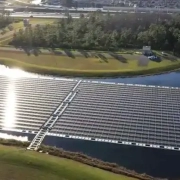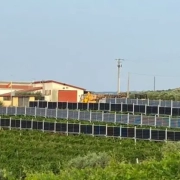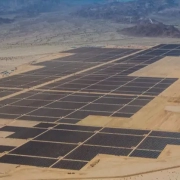The Italian municipality of Falconara Marittima has deployed a public off-grid photovoltaic shade to enable electric vehicle owners to recharge their cars for free.
“The initiative is an unprecedented novelty,” Michele Massacesi, the owner of the company that developed the project, Sistema X, told pv magazine Italy. “There are three unique characteristics of this product: A self-supporting off-grid shade that rests on ballast, without requiring any excavation and therefore easily removable; electricity produced exclusively by the sun, therefore 100% sustainable; and free energy supply without any form of payment. These are unique features on the market today.”
Click here to read the full article
Source: PV Magazine
—
If you have any questions or thoughts about the topic, feel free to contact us here or leave a comment below.

